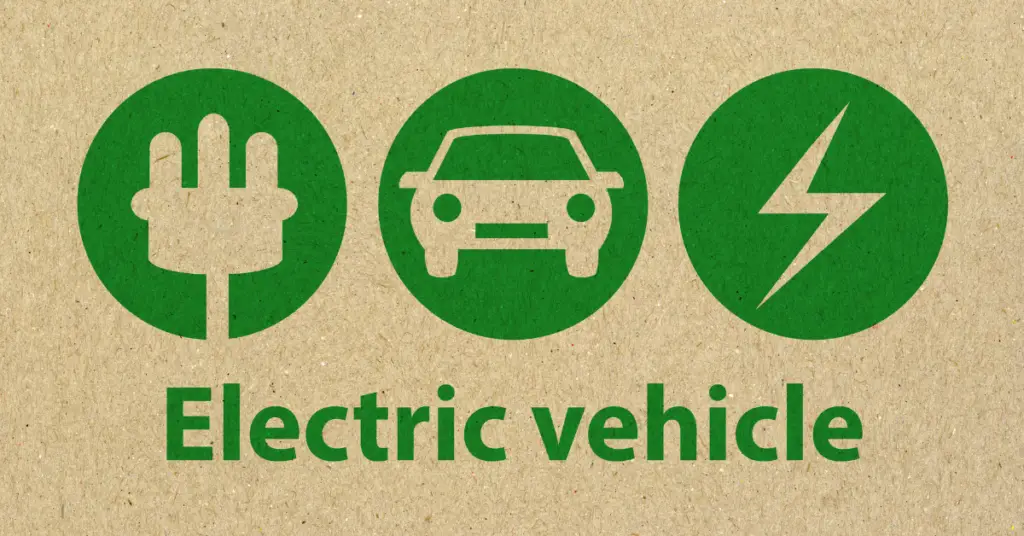Electricity has transformed our society and our economy, and will play a fundamental role in these criticism transformation before us—whether to an environmental point of no return or to an era of true sustainability.
Although the lion’s share of electricity used today is still generated by coal-fired power plants, we can still significantly shrink our overall carbon footprint by shifting from gas to electric powered transport. Research from Plug-In America shows that even when pure electric vehicles are powered exclusively by coal, they still reduce carbon dioxide emissions by up to 60 percent when compared to internal combustion gasoline-powered vehicles.
And when you consider the emergence of green energy sources for electricity, the future looks even brighter.At the beginning of the 20th century, 40 percent of American cars were powered by steam, 38 percent by electricity, and 22 percent by gasoline. Prior to the dominance of the internal combustion engine, auto makers like Henry Ford experimented with different power sources to find the most efficient means for personal automated travel.
Thanks also to the enormous success of the car, we are here today a critical era of re-invention, this time keeping carbon emissions and environmental responsibility in mind.
Gas-electric hybrid cars are more available and affordable today than ever before, thanks to consumer demand. While Toyota and Honda lead the way, other car companies such as Ford, Mercury, Nissan, and Saturn currently offer hybrid models, and many other automakers are scheduling hybrids for release over the next several years.
Netting up to 50 mpg and sometimes qualifying for federal tax credits (as high as $4,000), hybrids are worth exploring. While hybrids significantly reduce the need for gas, they do not deliver the benefits of pure “plugins” or 100 percent electric vehicles.
Electric vehicles, also known as “EVs,” were relatively plentiful in California in the 1990s due to a state requirement that automakers create a percentage of zero-emission vehicles. Although these cars were quite popular with consumers, they all but disappeared when the state rescinded the requirement, as chronicled in the documentary, Who Killed the Electric Car?
Today, thanks to public demand, automakers are developing zero-emission electric plug-in vehicles once again, as well as plug-in gas-electric hybrids that receive as much as 100 mpg. Two interesting cars on the horizon are the Tessla cars, which travel 245 miles on a single charge of its lithium ion battery, and the more affordable Chevy Volt, which will travel up to 40 miles on battery power alone and can be configured to run on electricity, gasoline, E85, or It’s important to note that the cost of electricity to power up EVs isconsiderably lower than the price to fill them with gas.
For example, Plug In America compared driving a 2002 Toyota RAV4 100 miles on gasoline for $10(at $2.50 per gallon) and on electricity for only $3. In addition to driving an electric car, there are several other ways to switch to electric transportation and lighten your carbon dioxide load.
Plug-in electric bicycles combine the efficiency and exercise of pedaling with an electric boost when that next hill is a little too steep or long. Quite popular in Europe, they are now available in the U.S., as are electric pedicabs, scooters, and other personal conveyances.
Whenever possible, use electric mass transit—once the mainstay in American cities in the form of trolleys, streetcars, and “trackless trolleys” (buses on streets connected to overhead wires). Today, cities are reviving these forms of electric transportation and adding electric buses to the green mix.
Cities such as Santa Barbara and Chattanooga, Tennessee rely heavily on electric buses, while San Francisco runs vintage streetcars, cable cars, and zero-emissions “trackless trolleys” powered by hydroelectricity. Then there are electric subways, metros,light rail systems (for example, Minneapolis’s “Hiawatha Line”), and monorails plying cities in the U.S. and around the world.
With the growth of alternative fuels, the increase in hybrid offerings, the re-emergence of electric vehicles, and the development of hydrogen and fuel cell technologies, our vehicles are auspiciously heading down a greener road (or track)! For today, electricity—whether from fossil fuels or green energy—is a carbon-lesser option than gas for powering your transportation needs.

Erzsebet Frey (Eli Frey) is an ecologist and online entrepreneur with a Master of Science in Ecology from the University of Belgrade. Originally from Serbia, she has lived in Sri Lanka since 2017. Eli has worked internationally in countries like Oman, Brazil, Germany, and Sri Lanka. In 2018, she expanded into SEO and blogging, completing courses from UC Davis and Edinburgh. Eli has founded multiple websites focused on biology, ecology, environmental science, sustainable and simple living, and outdoor activities. She enjoys creating nature and simple living videos on YouTube and participates in speleology, diving, and hiking.

